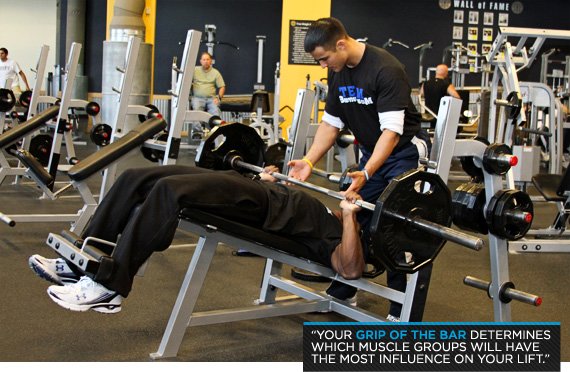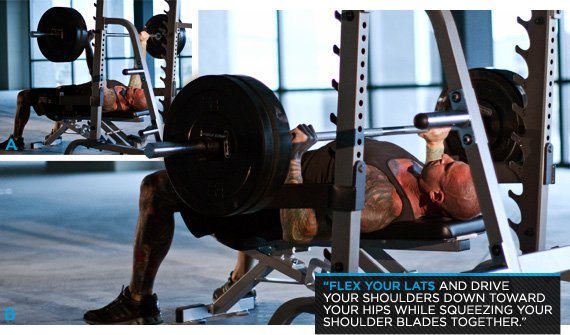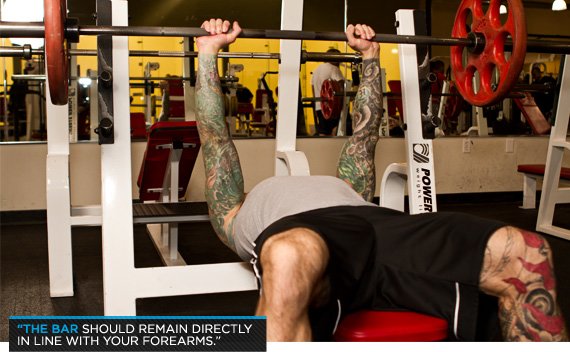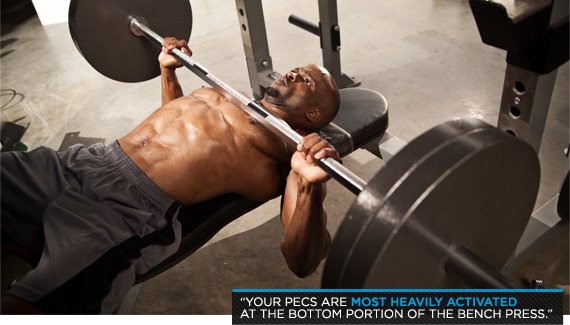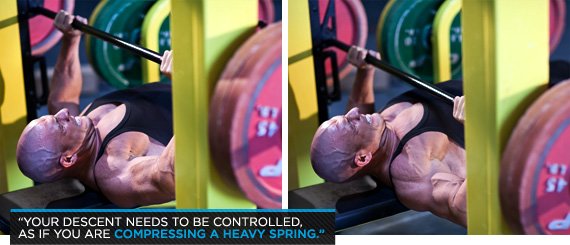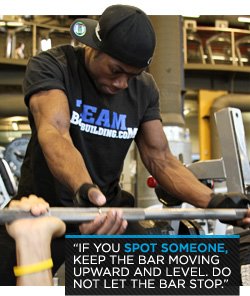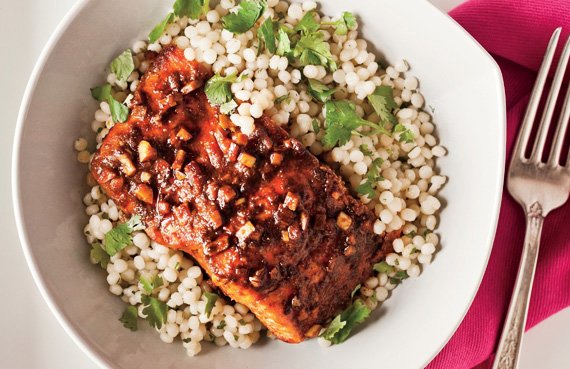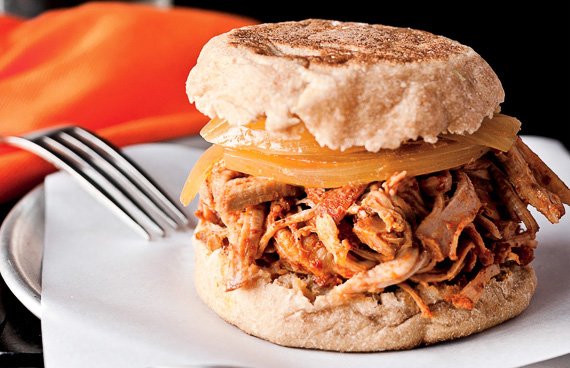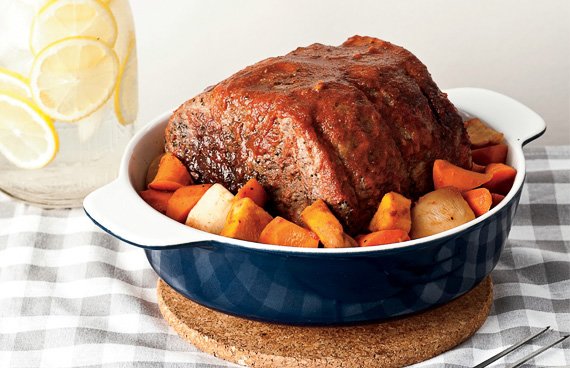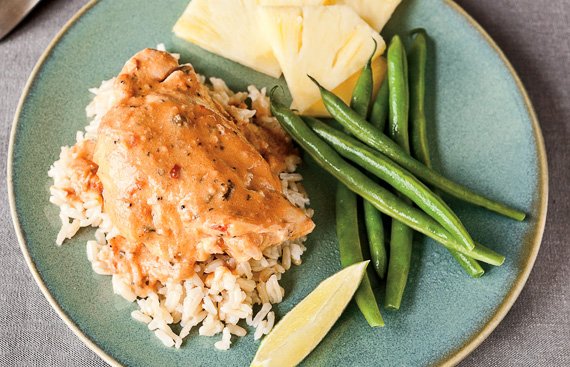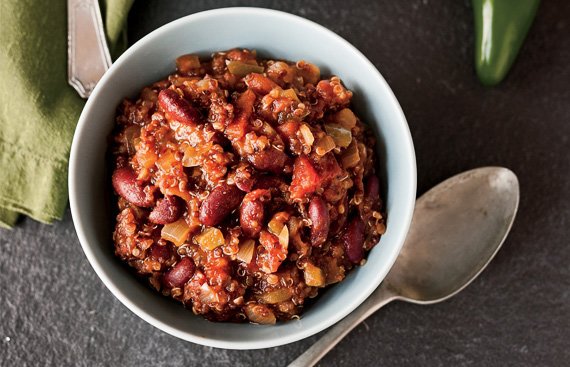Harness The Power Of Grape Seed Extract By Anil Shrikhande, Ph.D.
As an athlete, you work hard to maintain your muscle stamina and flexibility. Are your blood vessels – which continuously carry blood to your muscles – also in great shape? Scientific evidence shows adding grape seed extract to your diet may improve your blood flow and reduce your chances of having a heart attack or stroke, and may also benefit your daily work out routine.
Researchers have long claimed that red wine, concord and rubired grape juice, as well as high-quality grape seed extracts, are good for your heart. Some studies indicate that substances found in grapes and grape seed extracts may:
- Reduce your risk of cancer and strokes
- Reduce hypertension (high blood pressure) and improve circulation
- Reduce atherosclerosis (hardening of the arteries)
- Increase calorie burning
- Nourish organs and muscles, helping them to work more effectively
- Enhance physical endurance
You would have to eat a lot of grapes or raisins, or drink gallons of wine, to consume the same level of active components analyzed in most studies. High-quality grape seed extract is an excellent alternative because it is a pure source of procyanidins, compounds believed to be responsible for grape’s benefits, without the added calories, sugar or alcohol.
How Premium Grape Seed Extracts Work
Grape seed extracts have properties that are comparable to another well-known molecule: nitric oxide (NO), as the two have similar metabolic pathways. One patented ingredient, available as MegaNatural-BP, has been shown to affect the flexibility of blood vessels. Blood vessel walls are, like all tissues, a collection of cells. This grape seed extract acts on the endothelial cells which contribute to the tone, or flexibility, of the blood vessel wall.
The interior of a blood vessel is called the lumen. Blood pressure increases when the lumen is constricted. Conversely, blood pressure decreases when the blood vessel walls are relaxed and the lumen can dilate, or increase in size. This effect, called vasodilation, helps the body achieve positive physical gains beyond healthy blood pressure.
A dilated blood vessel allows an increased flow of blood to hungry tissues, nourishing both smooth (organ) and striated (skeletal) muscles and ultimately allowing them to become more effective. More blood flow into muscle tissues and cells, called perfusion or pump, is desirable to people who are health- and fitness-conscious.
This powerful circulatory effect lends the use of premium grape seed extract to at least three applications that appeal to the health-conscious, waistline watchers and gym buffs alike.
Benefits For The Health-Conscious
According to the 2006 Update of Heart Disease and Stroke Statistics published in Circulation, about one in three U.S. adults have hypertension, or high blood pressure. It’s the number one risk factor for having a stroke, and contributes to heart attacks, heart failure, kidney failure and hardening of the arteries. A recent study indicates grape seed extract may help in all of these areas – a major benefit to anyone concerned with his or her long-term health.
“Results of the first human clinical trial on grape seed extract were impressive. Participants in the two groups receiving MegaNatural-BP grape seed extract experienced an equal degree of reduced blood pressure,” says C. Tissa Kappagoda M.D., professor of cardiovascular medicine at UC Davis Health System. That’s good news for the one third of adults who must manage this condition.
The same grape seed extract properties that reduce blood pressure may also impact the millions of men and women who are trying to manage their weight. Balancing energy and activity poses a challenge to men and women everywhere.
Early research into the action of grape seed extract led to its new role in a class of dietary supplements called thermogenics. Thermogenesis literally means “creating heat.” Thermogenics raise the body’s core temperature and, in turn, raise the metabolic rate and accelerate energy expenditure (calorie burning).
The tough equation that’s so important for weight management, “calories in = calories out,” becomes easier when a grape seed product can accelerate the calories burned during and even after exercise by as much as 60 percent.

